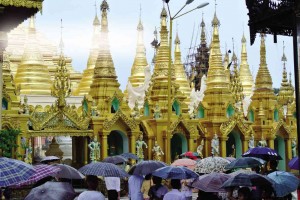
In Yangon, Burma, we found a bonus, a surprising two extra days without any official activities.
Saleem had come from India and I from the Philippines to join other heritage practitioners from Europe in the Asia-Europe Foundation Experts’ Meeting and Public Forum on “Investing in Heritage Cities.” This meeting was convened with the participation of the Myanmar Ministry of Culture and the Yangon Heritage Trust.
A day before the conference, the high point of our hosts’ tour of the city required that we remove our shoes as custom dictated before carefully climbing the wet and slippery marble stairs to reach the top of Yangon’s central hill crowned by the massive gold-leafed stupas of Shwedagon Pagoda. This is Yangon’s most important pilgrimage destination, the city’s iconic temple and a national monument.
Trust members proudly walked us through the old business center of Yangon one rainy evening, where stately colonial buildings stood in sad, abandoned decay. The tattered area, once the pride and joy of old Rangoon, is located on the banks of Hliang (Rangoon) River, where ships from all over the world once called. But that Sunday afternoon, it was deserted and silent.
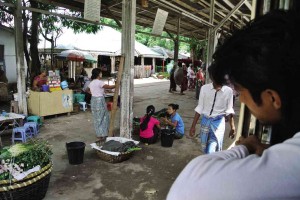
We walked under a drizzle at dusk along forlorn, broad avenues lined with skeletons of grand buildings, passed through a cobweb of lanes and narrow alleys between and behind the dying structures, and poked through dim lobbies, stairwells, dark hallways and verandahs, to experience remnants of once-splendid architecture whose details are elegantly embellished with stylish finishing materials and ceramic wall and floor tiles imported from England.
“The buildings in Yangon’s old business district are said to constitute the largest number of their kind left in any Southeast Asian city today,” said Yangon Heritage Trust founder and respected historian Thant Myint U.
Intense development pressure threatens to demolish most buildings today. Investors pour into Yangon, eager to snap up properties, and real-estate prices are soaring.
Working against time
Many of the downtown buildings are neither listed nor protected. The Trust is working against time to save, restore, and, most important, preserve the character of downtown Yangon from pricing the local residents and small businessmen out of their homes and shops.
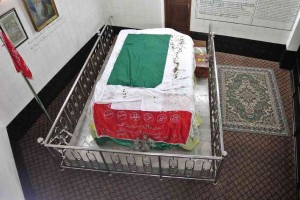
“There should be a sustainable business plan within a regulatory environment, and there should be a mix of big establishments and small shops,” said Thant Myint U. “We are now beginning to consult the local people who live here to see what they would like to see happen.”
We were seeing one of the many layers of Yangon reality, the threatened-heritage layer. Saleem and I wanted to experience other layers, so for the next two days we sought out the Yangon not on the regular tourist circuits, looking for back-roads off the map, and the areas outside the city.
To guide us, we had a vague itinerary suggested by colleagues at the Trust and by expats. “Take the Circle Line,” a German expat told us. We did.
The Circle Line is a three-hour ride from Central Railway Station. An aged, great-grandfather engine that still has enough energy left pulls a series of wobbly paint-scarred coaches that look as if they have been in constant use since postwar days.
It was a hot day; humidity steamed inside the coaches. People hung out of open windows hoping to catch a breeze as the train sped by. Speed up it didn’t, but people somehow managed to catch a bit of a breeze.
With great effort, the train lumbered through Yangon’s central district, past decaying government buildings and overgrown landscaping. It passed crumbling walk-up dwelling blocks, modest residential areas, through groups of single-story makeshift houses, and huts clustered around open markets.
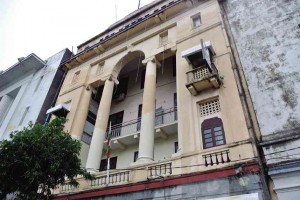
It looked like almost everyone was outdoors that day, washing, sweeping, bicycling, squatting and selling produce from baskets by the roadside, hanging out.
The train lumbered out into unexpected bright sunlight, entering the bucolic countryside of rice fields and vegetable gardens on the city outskirts, until, out of nowhere, a plane appeared to land right next to our open coach window. The tracks now ran parallel to the runway.
The population would become dense again as the train would reenter the city. We did not complete our Circle Line journey.
Mughal heritage
We got off at Bogyoke Market, the city’s main market where everything was found, from rubies to the rubber thongs on everyone’s feet.
We headed to the food section for lunch, took our places on a bench beside a long table, and ordered Burmese noodle soup, duck, plates of sautéed vegetables, and rice.
We divided our bill of $3 equally between us, and walked off to find the burial place of the last of the Indian Mughal emperors. We had no idea where it could be; we just knew it was in Yangon.
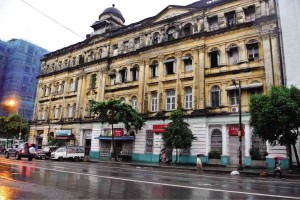
Retired from his post as director general for tourism of Jammu and Kashmir State in India, Saleem has devoted his energy to the Indian National Trust for Art and Cultural Heritage, and is very involved in the conservation of Mughal gardens, of which the Taj Mahal, although not in Kashmir, is probably the best-known example.
Over lunch Saleem told me about the Mughal dynasty that traced its origins to Genghis Khan and Tamerlane; of their vast territory, power and wealth; of their intellectual and artistic achievements; and how the British totally diminished and eventually eliminated the Mughals during the Raj.
I was intrigued, so off we went to search for the tomb of Bahadur Shah Zafar (1775-1862), the last Mughal emperor who reluctantly supported the Indian rebellion of 1857. He was captured, tried, found guilty, and sentenced to exile in Rangoon where he died in anonymity.
Muslim dynasty
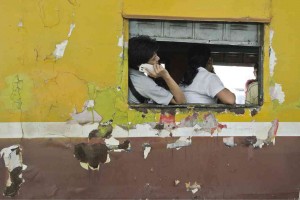
To find the burial place, we started in a Muslim shop, asked the shopkeeper about the tomb, got vague instructions on where to go.
We squeezed ourselves into a minibus. When we got off, there was nothing. We asked again, got no answers about tombs or dead emperors.
Since the Mughals were a Muslim dynasty, we changed tactics, asking instead where we could find a mosque with a tomb.
Someone pointed us toward another section of town. More rides in cramped buses, followed by short hops in an open tuktuk, a long walk along a deserted street, until, close to giving up, we saw a mosque, so modest and unpretentious that it could have passed for a residence.
There we found the tomb of Bahadur Shah Zafar, anonymous to the Burmese and known to only a few of the older residents.
We paid our respects, and, at a sidewalk tea stand, we celebrated our success with a cup of milk tea loaded with condensed milk.
I refused the extra heaping spoon of sugar the tea wallah wanted to put into my cup. I did not need the extra energy to look for a taxi to take us back to our hotel.
Feedback and comments are cordially invited at www.villalonarchitects.com.









































